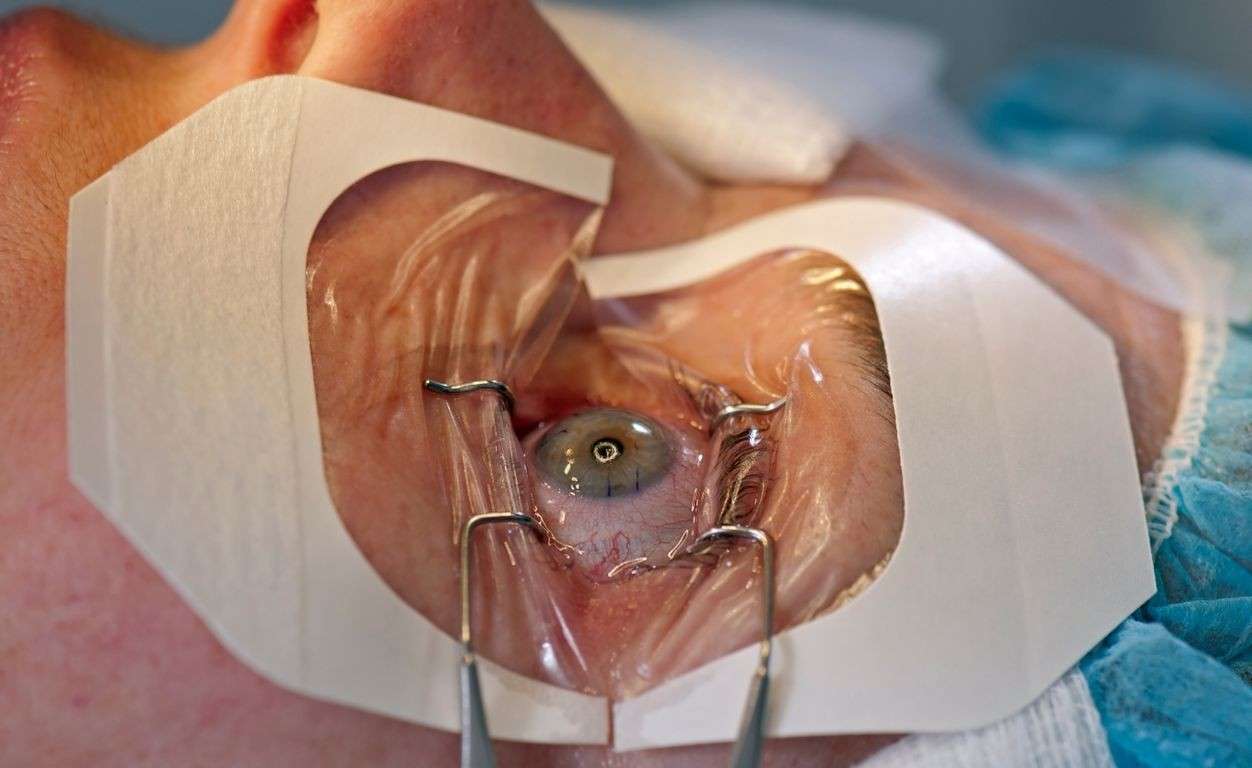When considering the improvements in visual acuity, both LASIK eye surgery and advancements in material technology like silk products play pivotal roles in enhancing quality of life. While LASIK offers a high-tech surgical solution to correct vision, silk provides a unique approach through its application in eyewear and other supportive accessories. In this blog post, we explore the surprising advantages of silk over LASIK surgery, particularly focusing on comfort, allergy reduction, and overall eye health.
Understanding LASIK Eye Surgery
LASIK (Laser-Assisted In Situ Keratomileusis) is a popular refractive surgery intended to reduce dependency on glasses or contact lenses. It involves reshaping the cornea using a laser to correct vision issues such as nearsightedness, farsightedness, and astigmatism. Despite its effectiveness, LASIK comes with risks such as potential for dry eyes, glare, and in rare cases, long-term complications.
The Silk Advantage
Silk, a natural fiber known for its softness and hypoallergenic properties, is making waves in the eye care industry. Here’s how silk stands out as a favorable option compared to LASIK surgery:
Hypoallergenic Properties
Silk is inherently hypoallergenic, making it an excellent material for those who suffer from allergies or have sensitive skin around the eyes. Unlike LASIK surgery, which can sometimes exacerbate dry eyes or lead to irritation, silk eyewear or eye patches offer a gentle alternative that minimizes the risk of allergic reactions and enhances comfort.
Comfort and Durability
Silk materials used in eyewear accessories, such as eyeglass straps or cases, provide unmatched comfort due to their soft texture. This contrasts with the post-operative period of LASIK surgery, which might require wearing protective eyewear that can be uncomfortable. Silk’s durability and ease of care also make it a practical choice for long-term eye care management.
Environmental and Economic Considerations
Choosing silk over undergoing LASIK surgery has notable environmental and economic benefits. Silk production is generally more sustainable compared to the medical waste generated during LASIK procedures. Economically, investing in high-quality silk products for eye care can be more cost-effective over time, compared to the initial high cost of LASIK surgery and potential for follow-up treatments.
Enhancing Sleep and Eye Rest
Silk sleep masks can significantly improve the quality of rest and overall eye health. The smooth texture of silk helps protect the delicate skin around the eyes, promoting better sleep without irritation. For individuals hesitant about LASIK due to the invasiveness of the procedure, using silk sleep aids is a non-invasive alternative to enhance eye health.
LASIK Eye Surgery Versus Silk: A Balanced View
While LASIK eye surgery is a proven solution for correcting vision defects and potentially achieving 20/20 vision, the benefits of silk provide a non-surgical, comfort-focused approach that appeals to those looking for less invasive options. For individuals with mild vision problems or those prioritizing eye comfort and health over surgical intervention, silk offers a compelling alternative.
Conclusion
Choosing between LASIK surgery and alternative methods like silk involves weighing the benefits of immediate, permanent vision correction against the comfort, hypoallergenic qualities, and non-invasive nature of silk products. Whether you opt for the surgical precision of LASIK or the gentle luxury of silk, both choices offer unique benefits that can enhance your visual clarity and overall eye health. Before making a decision, it’s advisable to consult with an eye care professional to discuss the best option tailored to your specific needs and lifestyle.
In this comparative exploration, it’s clear that while LASIK eye surgery provides a high-tech solution to refractive errors, silk stands out with its unique advantages, making it more than just an adjunct to eye care—it’s a lifestyle choice that prioritizes comfort, health, and sustainability.













































